The pointy ends of an Indigenous mystery
A pair of rare, possibly centuries-old Indigenous rainforest swords add new context to the fierce Dark Emu debate over pre-contact First Australians.
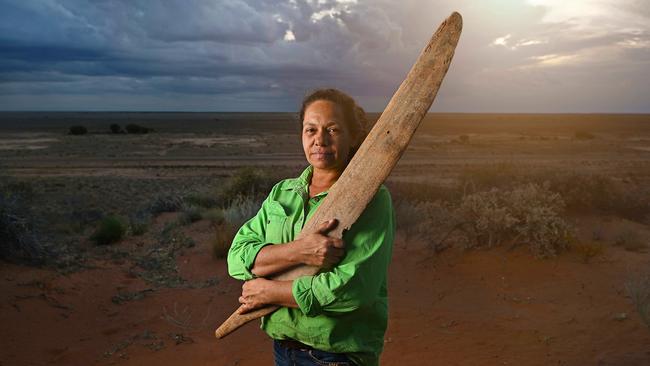
When archaeologist Michael Westaway was presented with a pair of rare, possibly centuries-old Indigenous rainforest swords at a roadhouse on the edge of the Simpson Desert his jaw dropped. “What are these things doing here?” he asked.
His long, painstaking search for an answer has shed new light on how the First Australians lived, traded and roamed the continent pre-contact, adding nuance and context to the fierce debate on whether Aborigines were farmers or implacably nomadic.
By rights the 1m-plus swords had no business being in far-flung Bedourie, 1500km from where they would have been made on the north Queensland coast, and Dr Westaway quickly realised he might be looking at something entirely new in the story of pre-colonial Australia.
Over time he would track the movement of people and goods through a spider’s web of ancient trade routes – some tracing the great inland rivers from where they rise in the tropical north and drain to Kati Thanda-Lake Eyre in the red dust of the South Australia desert, others reaching across to the eastern seaboard.
The swords, he said, “provide a new link in this chain of connection”.
“There are some historic accounts suggesting movement to the east was possible but I had never expected to find something that was such a distinct cultural signature from the coast turn up south of Bedourie,” he told The Weekend Australian.
“Obviously more work is needed … but it would just seem every time we spend time in Mithaka country surprising new insights are revealed.”
Senior Mithaka woman Trudy Gorringe, whose ancestral lands cover the township and a swath of Channel Country in southwest Queensland, at the heart of the ancient network, said the artefacts were a window on the rich and layered life her people had led prior to the arrival of Europeans.
“It helps prove the things we have told in our storytelling, what we have always known: that Aboriginal people from different places traded and interacted,” said Ms Gorringe, 48, chair of the Mithaka Aboriginal Corporation.
“We did not live singularly on our country. It shows we have a history of sharing through our culture, which is very positive.”
An associate professor of archaeology at the University of Queensland, Dr Westaway, 51, has spent the past five years investigating what life must have been like for the Mithaka clans, building on the work of pioneering researchers such as the late Mike Smith and Beth Gott, as well as the controversial Dark Emu theory advanced by author and academic Bruce Pascoe that Aborigines lived much like Europeans in stone huts, raising crops to support sizeable settlements.
Dr Westaway’s 23-strong team of experts uncovered evidence of thriving villages, sandstone quarrying on an “industrial scale” and a vibrant trade in the narcotic plant, pituri, that ran from one end of the continent to the other.
But the mystery of the swords gripped him. They were produced, without fanfare, in September 2021 from an old box of wooden Aboriginal implements held by roadhouse operator Robbie Dare, who explained to Dr Westaway that locals had found them in a dry creek bed. The cache included 12 boomerangs, a coolamon container and a spear.
“I was gobsmacked that the swords were there,” Dr Westaway said. “It didn’t make any sense. These objects are very rare … and as far as we know, they were only made on the coast between Mackay and Townsville. So the question was, how did they get all the way out to Bedourie?”
First he had to prove the swords were old enough to have been around in pre-contact times, then that they were traded by Indigenous people.
Carbon dating of the rainforest wood, cut from the roots of the riberry tree, suggested it could be up to 350 years old, with a median age of 175 years for sword one and 123 years for sword two. However, the certainty of this was assessed to be 54 per cent.
Dr Westaway said the spear provided the stronger lead; its shaft assessed to have a median age of 265 years with a confidence level of 86 per cent.
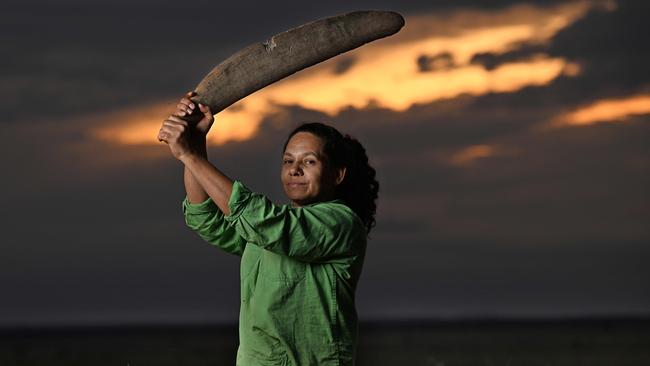
He considered alternative theories of how the swords could have made it to Mithaka country and was underwhelmed. There was a chance white settlers took them there, or that an Indigenous owner on the coast traded or sold them, but that didn’t explain how they ended up in King Creek with items that would have been prized by the old people.
Could they have been thrown away more recently? Unlikely, Dr Westaway said, because of their value to both the Indigenous community and collectors.
There is also the growing body of evidence amassed by his team to show this remote corner of Australia was a humming centre of activity long before the First Fleet dropped anchor in Sydney Cove in 1788. The researchers have identified tens of thousands of small-scale quarry pits that produced grindstones to mill grass seed and bush grains. The Indigenous mining fields dated back at least 2000 years and were so vast satellite imagery was used to map them; they would have produced many more stones than the local population could ever want, Dr Westaway said.
The surplus, he believes, was traded alongside pituri leaf with twice the nicotine kick of commercial tobacco, valued for rituals and as a pick-me-up by footsore Indigenous traders who backpacked loads to distant Arnhem Land and returned with stone knives and supplies of red ochre.
Dr Westaway said the archaeological work could not have taken place without the support of the Mithaka’s descendants and Indigenous people in other remote locations. He pointed to a DNA study two years ago on ancient human remains in the Cooktown area of Cape York Peninsula that yielded a match to samples collected near Emerald in central west Queensland, 1200km away. Recently, Mithaka elders had agreed to make available teeth from four sets of ancient remains for testing.


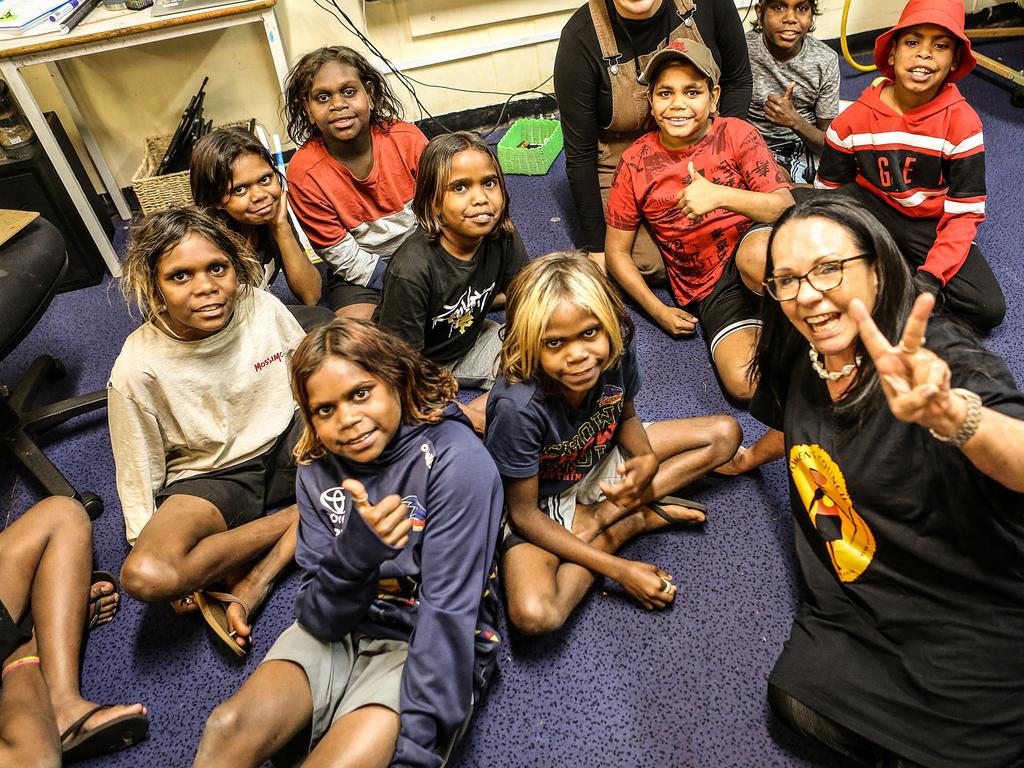
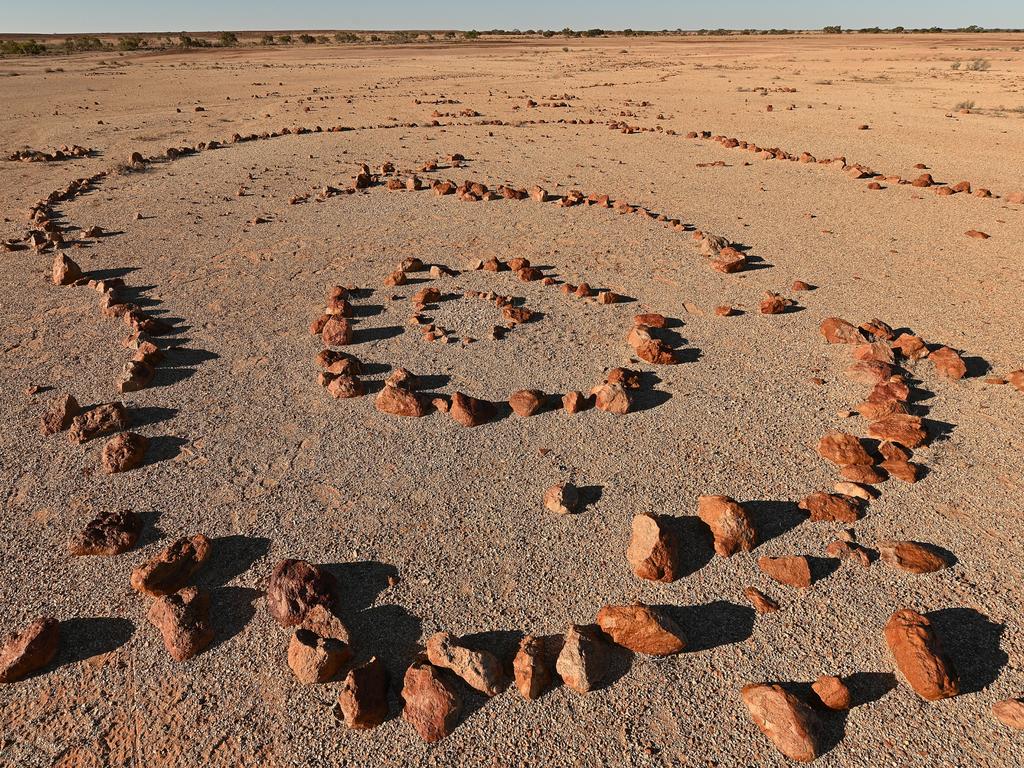
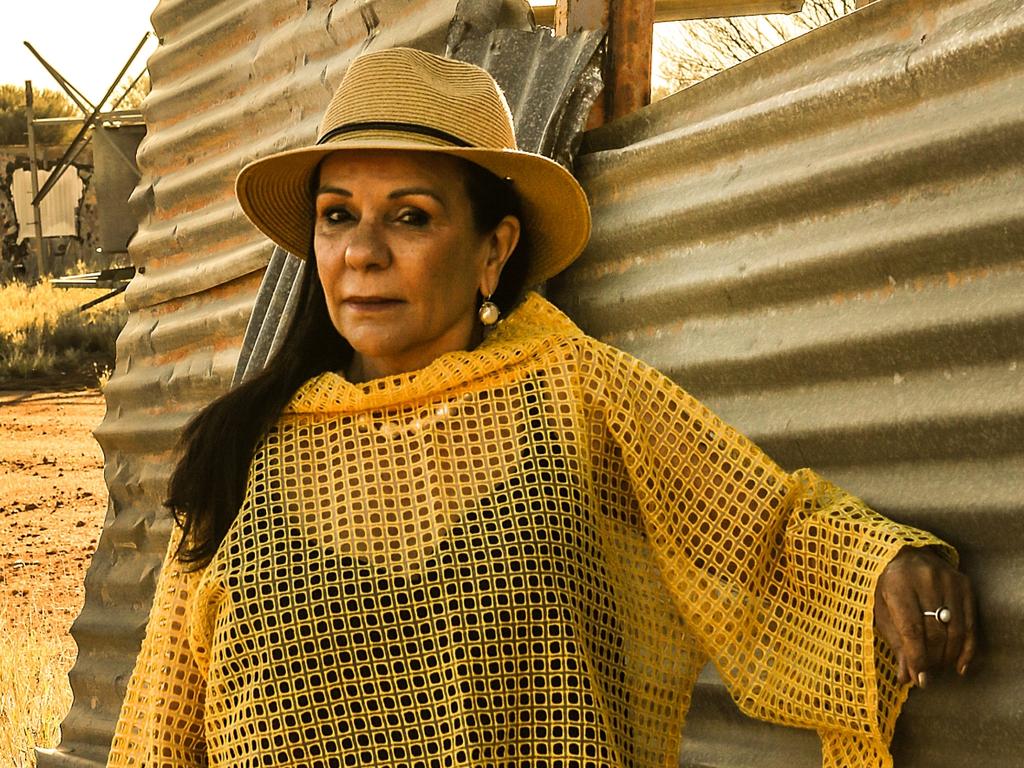


To join the conversation, please log in. Don't have an account? Register
Join the conversation, you are commenting as Logout